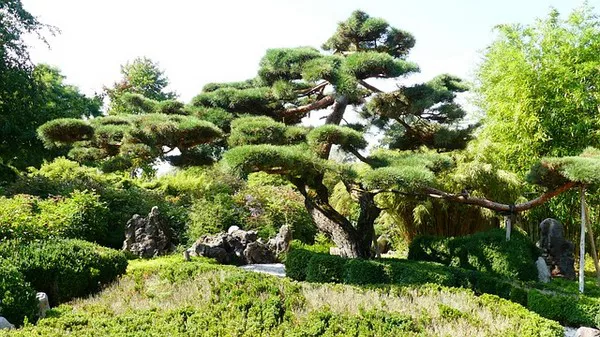Bonsai, the ancient Japanese art form of cultivating miniature trees, has captivated enthusiasts worldwide for centuries. Central to bonsai appreciation is the quest for unique and rare specimens, each telling a story of resilience, patience, and meticulous care. While countless varieties of bonsai trees exist, some stand out for their rarity, commanding awe and admiration among collectors and aficionados alike. In this article, we embark on a journey to discover the rarest bonsai trees, unraveling their mystique and significance in the world of horticulture and art.
Defining Rarity in Bonsai
Rarity in the realm of bonsai can be attributed to several factors, including scarcity in nature, difficulty in cultivation, unique characteristics, and historical significance. Unlike mass-produced bonsai trees commonly found in nurseries, rare bonsai specimens often possess distinctive traits that set them apart from the ordinary. These traits could range from unusual foliage coloration and intricate branching patterns to exceptional age and provenance.
The Quest for Rarity: Unearthing Unique Species
Among the myriad species of trees suitable for bonsai cultivation, certain varieties are renowned for their rarity and desirability among collectors. One such example is the “Ginkgo biloba”, commonly known as the maidenhair tree. Originating from China, this ancient species boasts distinctive fan-shaped leaves and a rich cultural history dating back millions of years. Despite its longevity on Earth, cultivating Ginkgo bonsai presents numerous challenges, primarily due to its slow growth rate and susceptibility to certain diseases.
Another elusive gem in the world of bonsai is the “Picea abies ‘Pusch'”, a rare cultivar of the Norway spruce. Characterized by its compact form and vibrant green foliage, the Picea abies ‘Pusch’ is prized for its rarity and ornamental appeal. However, obtaining specimens of this cultivar can be a daunting task, as it is seldom propagated commercially and often coveted by seasoned collectors.
Beyond Species: Exploring Exceptional Specimens
While species rarity contributes significantly to the allure of bonsai, individual specimens with exceptional qualities command a special place in the hearts of enthusiasts. One such example is the “Yamaki Pine”, a legendary bonsai with a storied past. Believed to be over 400 years old, the Yamaki Pine miraculously survived the atomic bombing of Hiroshima during World War II. Despite sustaining damage, the resilient tree continued to thrive under the care of the Yamaki family, becoming a symbol of hope and resilience in the aftermath of tragedy.
In addition to historical significance, aesthetic rarity also plays a crucial role in the world of bonsai. Specimens with unique characteristics, such as gnarled trunks, intricate nebari (surface roots), and captivating deadwood features, are highly sought after by collectors seeking to add a touch of intrigue to their collections. One such example is the “Shimpaku” juniper, prized for its elegant silhouette and weathered appearance reminiscent of ancient trees clinging to rocky cliffsides.
Preserving Rarity: Challenges and Conservation Efforts
As interest in bonsai continues to grow worldwide, preserving rare species and exceptional specimens becomes increasingly vital. However, the pursuit of rarity must be balanced with ethical considerations, particularly concerning the collection of wild specimens and the conservation of endangered species. In recent years, organizations such as the International Bonsai Arboretum and the American Bonsai Society have spearheaded efforts to promote sustainable cultivation practices and raise awareness about the importance of preserving rare bonsai trees in their natural habitats.
Furthermore, advancements in propagation techniques, such as tissue culture and grafting, offer promising avenues for conserving rare bonsai species and expanding their availability to enthusiasts worldwide. By collaborating with botanical gardens, universities, and conservation groups, bonsai enthusiasts can contribute to the preservation of biodiversity while ensuring future generations can appreciate the beauty and significance of rare bonsai trees.
Conclusion
In the intricate world of bonsai, rarity transcends mere scarcity, embodying the essence of beauty, history, and resilience. From ancient species with millennia-old lineage to individual specimens with captivating stories to tell, rare bonsai trees captivate the imagination and inspire reverence among collectors and enthusiasts alike. As we continue to explore the depths of this ancient art form, let us cherish and preserve these botanical treasures, ensuring that the legacy of rarity endures for generations to come.


